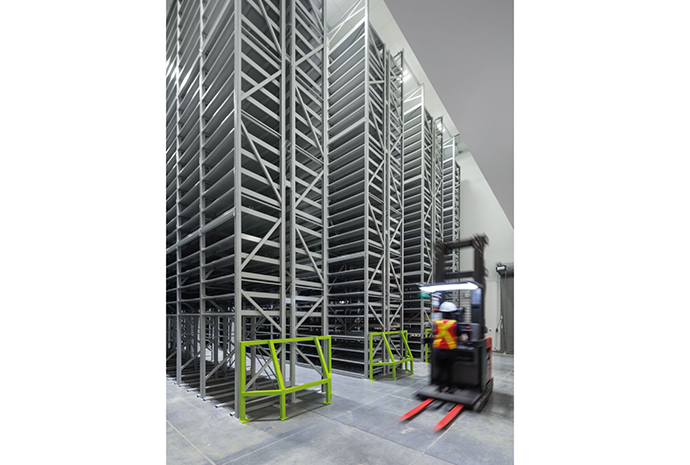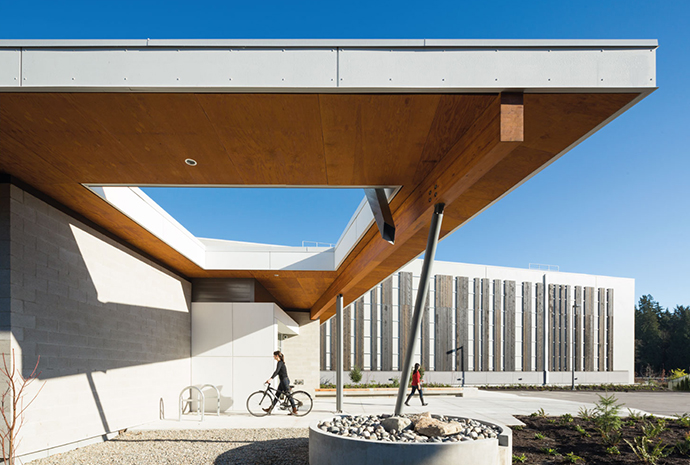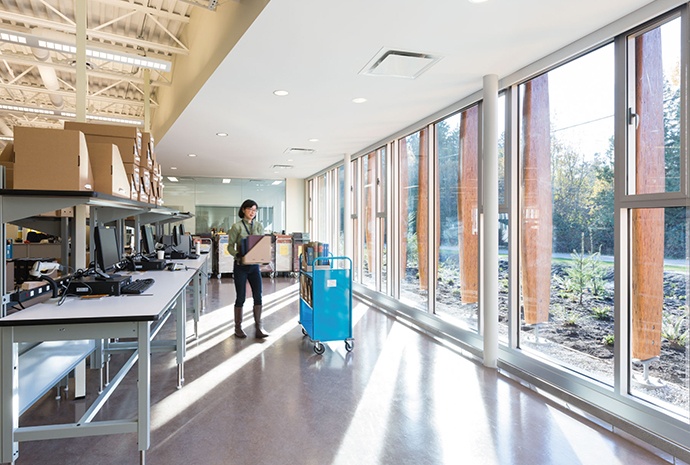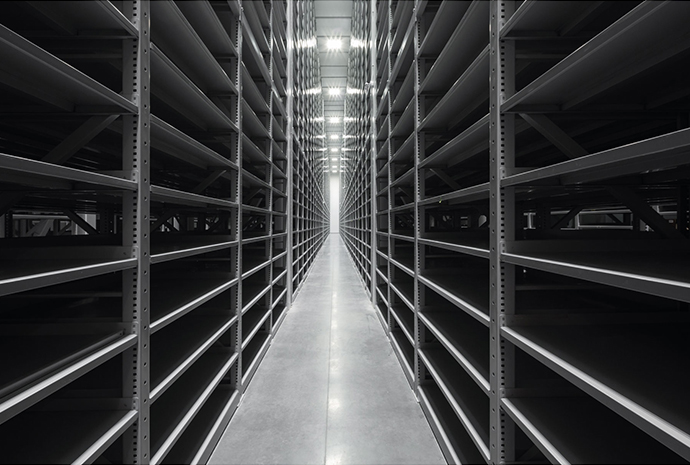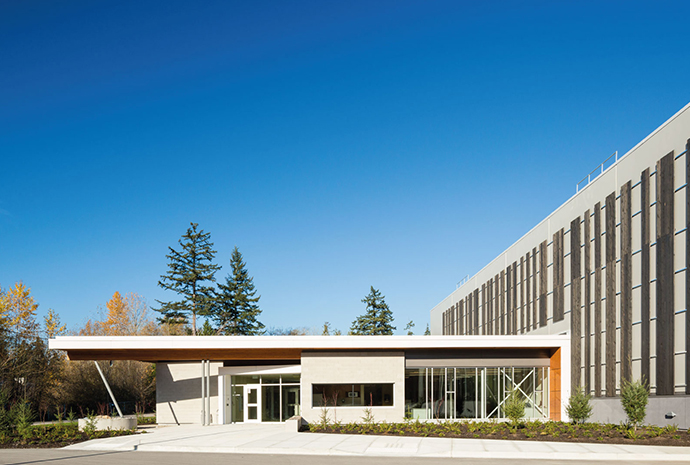Canada-UBC PARC Preservation And Archives
- Address:
- British Columbia PARC
- Client:
- UBC PARC Preservation And Archives
- Type:
- Higher Education
The new University of British Columbia PARC (Preservation and Archives) facility is an outstanding demonstration of a highly specialized library environment, based on a model developed at Harvard University, that extends the life of printed library collections from 30 years (in a typical library environment) to 300 years. By using a system where the Library’s collections are stored within high-density shelving units in a thermal and humidity controlled environment, Library PARC is one of North America’s most efficient and cost effective storage facilities.
To achieve an identity for the facility, We started to advance concepts for an architectural language while exploring the siting options. This exploration started with the location of the facility within the Forest District of UBC, and the play of light in the vertical forest. The storage of materials in this facility does not follow the traditional approach of grouping books by topic, but rather by book size, permitting the use of barcodes to store and retrieve them. The barcoded book is stored in a tray, which contains its own unique barcode, and the trays are placed on the shelves, which are again barcoded. The conceptual idea of the trees in the forest in tandem with the operational requirements of the facility – the barcode – led to the building’s design language.
La nouvelle installation PARC (Preservation and Archives) de l'Université de la Colombie-Britannique est une démonstration exceptionnelle d'un environnement de bibliothèque hautement spécialisé, basé sur un modèle développé à l'Université de Harvard, qui prolonge la durée de vie des collections de bibliothèques imprimées de 30 ans (dans un environnement de bibliothèque typique) à 300 ans. En utilisant un système où les collections de la bibliothèque sont stockées dans des unités de rayonnage à haute densité dans un environnement à température et humidité contrôlées, la bibliothèque PARC est l'une des installations de stockage les plus efficaces et les plus rentables d'Amérique du Nord.
Pour donner une identité à l'installation, nous avons commencé à développer des concepts pour un langage architectural tout en explorant les options d'implantation. Cette exploration a commencé par l'emplacement de l'installation dans le district forestier de l'UBC, et le jeu de lumière dans la forêt verticale. Le stockage des documents dans cette installation ne suit pas l'approche traditionnelle du regroupement des livres par sujet, mais plutôt par taille, ce qui permet l'utilisation de codes-barres pour le stockage et la récupération des livres. Le livre doté d'un code-barres est stocké dans un bac, qui contient son propre code-barres, et les bacs sont placés sur les étagères, qui sont elles aussi dotées d'un code-barres. L'idée conceptuelle des arbres de la forêt, associée aux exigences opérationnelles de l'établissement - le code-barres - a conduit au langage de conception du bâtiment.


